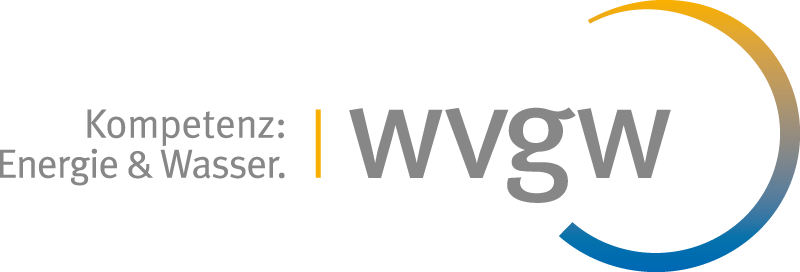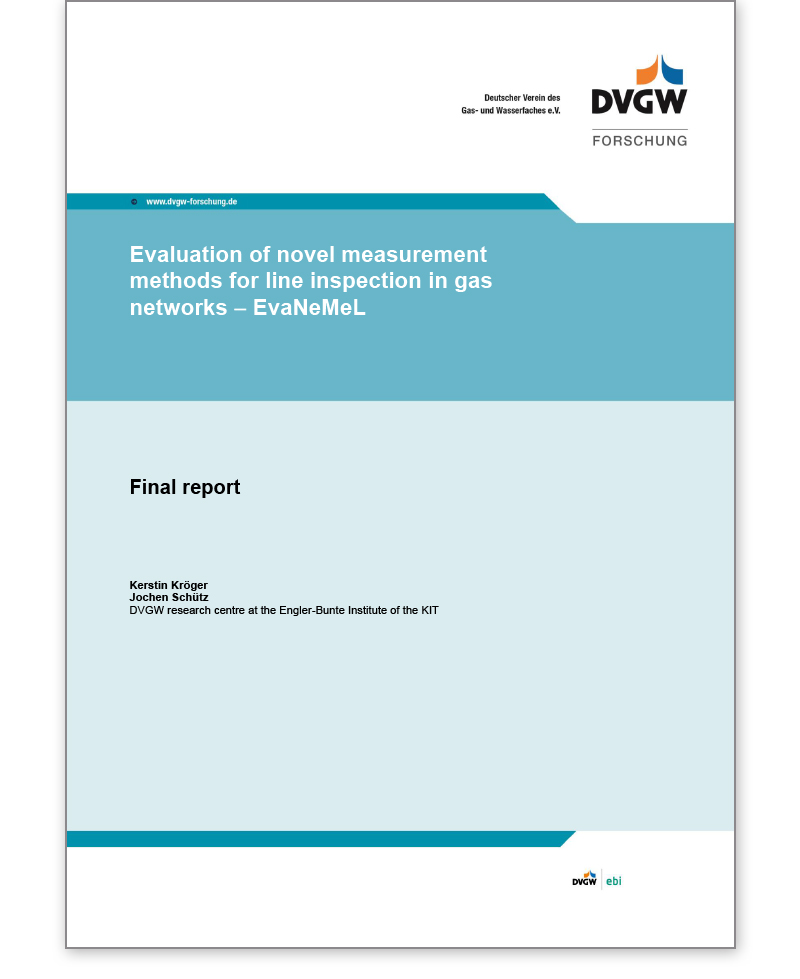Forschungsbericht G 201912 07/2022 -PDF-Datei-
Evaluation of novel measurement methods for line inspection in gas networks - EvaNeMeL
- Herausgeber/Verlag: DVGW
- Format: 107 Seiten
- Ausgabe: 2022, english version
- Verkaufseinheit: 1
- Mindestabnahme: 1
- Artikel-Nr.: 512262
246,10 €*
In recent years, the relevant DVGW Codes of Practice and associated information sheets for carrying out and evaluating the above-ground inspection of natural gas pipelines have been revised. In addition, measurement technology and data processing (digitisation) have developed constantly. For the above-ground inspection of buried pipelines in the distribution network through inspections and drives, new measurement methods are increasingly being used. In the EvaNeMeL research project, these new measurement methods were evaluated both theoretically and through experimental investigations. Five vehicle-mounted measurement systems and three hand-held remote gas detection methods were investigated. The results demonstrate the performance of the novel methods against a benchmark and also to serve as a basis for a subsequent supplement to the DVGW rules and regulations for above-ground inspection. The benchmark was an experienced “Gasspuerer” (gas safety personnel) who carried out a walk-through with a probe-based PortaFID M3K in parallel to the experimental investigations. This established walk-through of buried pipelines results in a high level of safety for the public gas supply.
1 Introduction and task definition
2 DVGW-Regulations, basics and preparatory work
2.1 Requirements from the DVGW Code of Practice
2.1.1 DVGW Code of Practice G 465-1
2.1.2 DVGW Code of Practice G 465-4
2.1.3 DVGW Code of Practice G 468-1
2.1.4 DVGW Code of Practice G 468-2
2.2 Current implementation of the above-ground review
2.2.1 Walk-throughs
2.2.2 Drive-throughs
2.2.3 Aerial flights
2.3 Practical tests with vehicle-mounted measuring systems
2.3.1 Practical tests - test site Tulln a. d. Donau and Vienna
2.3.2 Practical tests in the grid area of Avacon Netz GmbH
3 Technology screening
3.1 Measuring principles
3.1 Satellite-based methane detection
3.2 Description of the novel gas concentration measuring devices
3.2.1 Hand-held devices
3.2.2 Vehicle-mounted measuring devices
4 Laboratory tests - performance and results
4.1 Vehicle-mounted measuring systems
4.2 Hand-held remote gas detection equipment
5 Simulation test fields - realisation and results
5.1 Description of the test fields and the standard measurements
5.2 Investigations on the test fields - measurement campaign MK 1.1
5.3 Investigations on the test fields - measurement campaign MK 1.2
6 Practical tests - implementation and results
6.1 Practical test - MK 3.1 measurement campaign - two Salzgitter districts
6.2 Practical test - MK 3.2 measurement campaign - Meschede district
6.3 Practical test - MK 3.3 measurement campaign - Hamburg-Sasel district
7 Literature
Appendix
Appendix A - Gas distribution on the test fields MK 1.1
Appendix B - Gas distribution on the test fields MK 1.2
Appendix C - Individual results of the crossings, test fields MK 1.2
Appendix D - Results MK 3.1 and MK 3.3

